Extensive patent coverage of video standards inhibits innovation, creates obstacles to competition and has serious implications for public data archiving. This is shown by researchers from the University of Skövde in a new study.

Streaming video requires software that encodes and decodes a video’s data. The components that encode and decode data are called codecs. The High Efficiency Video Codec (HEVC) is an example of such a codec. It has been adopted as a standard by ISO and is used, among others, by the Swedish public broadcasting organisation for streaming via SVT Play.
In line with increased demands on video quality, more and more advanced codecs are being developed to squeeze as much video data into as small a data stream as possible. Many of these codecs contain inventions that have been patented. In order to be able to develop and use software that implements a standard such as HEVC, a licence is needed from each rights holder. But obtaining the necessary licences is anything but simple.
“We have investigated the obstacles an organisation encounters when it tries to acquire the patent licences required to use the standard in the software it develops. It turned out to be on the verge of impossible” says Andrew Katz, lawyer and visiting researcher at the University of Skövde.
Inhibits innovation
Acquiring all the necessary licences is a very time-consuming task and a very complex matter. It’s difficult to determine which patents need to be licensed. This leads to difficulties in identifying all rights holders who need to be contacted for all patents. In addition, it is common for a standard to depend on several other standards and, there is contradictory information between the databases of different standardisation organisations in which organisations declare that they hold rights to patents that cover specific standards.
The situation is complex and inconsistent and the time to get a response from contacted organisations that declared ownership of rights turned out to be very long if they even responded. Many organisations did not respond at all. In addition, the terms of patent licences that several rights holders were willing to provide turned out to be incompatible with open source software in many cases. Overall, it inhibits innovation according to the researchers.
Much of the innovation in the field comes from the use of open source software where the licensing system and rules surrounding various components of the software are relatively easy to understand and apply. In the case of HEVC, the reverse applies.
“The extensive patent coverage entails very high costs for acquiring the required rights and in many cases, it may be impossible to acquire patent licences that enable the implementation and use of standards in open source software at all. This particularly affects SMEs and other organisations that lack the significant financial resources required” says Andrew Katz.
Serious consequences for the storage of public data
In addition to making it difficult to provide certain services such as broadcasting or streaming services, the problems in obtaining licences have serious consequences for the archiving of public data and important documents.
“Videos compressed for archival purposes using this standard are basically held hostage by the licensors because the patents associated with the standard will be required to be able to process and share the video in the future” says Andrew Katz.
The situation prevents authorities and other public organisations from being able to maintain adequate governance when using software that implements such standards unless they have previously acquired all the necessary rights from all rights holders for each standard, which has proven to be very difficult.
Creates obstacles to competition
Björn Lundell is a professor of computer science at the University of Skövde. He believes that the regulatory system that surrounds patents in standards needs to be reviewed. For example, he believes that standardisation organisations must ensure that potential patent holders are clear about which patents are affected by a standard and that they keep the databases of which patent licences are needed within a standard up to date.
“The study shows that extensive patent coverage can inhibit the implementation and use of this type of standard in open source software and thereby cause problems for the ability to maintain good long-term management of all documents that an organisation needs to process and maintain during long life cycles” says Björn Lundell.
Furthermore, the study shows that this type of patent-encumbered standards causes format lock-in and interoperability problems, which lead to obstacles to competition, not least for potential tenderers who will be excluded from the possibility of submitting a bid in public procurement where the procuring authority has set mandatory requirements for this type of standards.
“This is caused by, as the study showed for HEVC, that there is a lack of opportunity for a potential tenderer to acquire the licences required to be able to submit a bid in a public procurement that has formulated requirements for this type of standard” says Björn Lundell.
Read more about the study:
Lundell, B., Gamalielsson, J. & Katz, A. (2023) Implementing the HEVC standard in software: Challenges and Recommendations for organisations planning development and deployment of software, Journal of Standardisation, Vol. 2. https://doi.org/10.18757/jos.2022.6695
